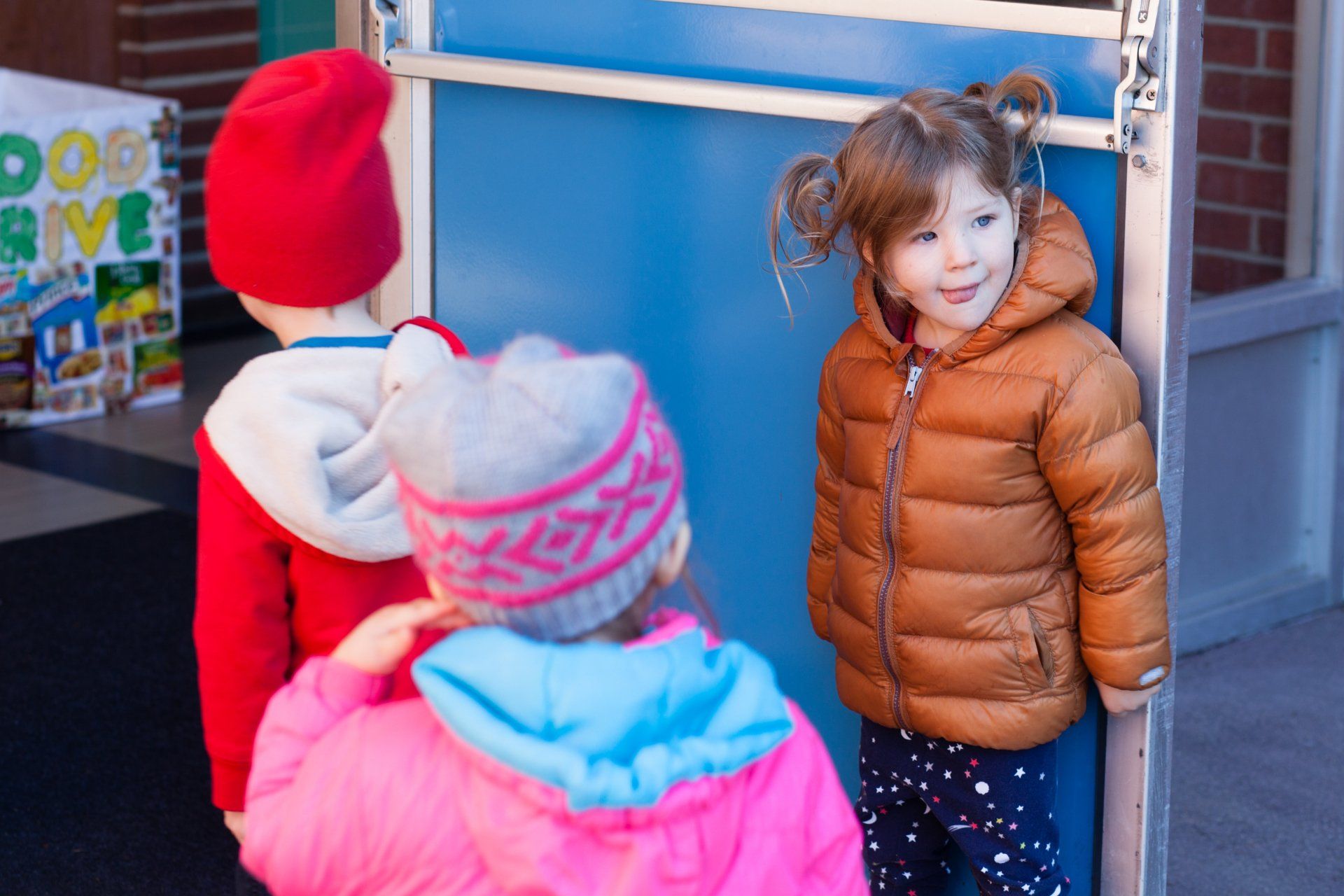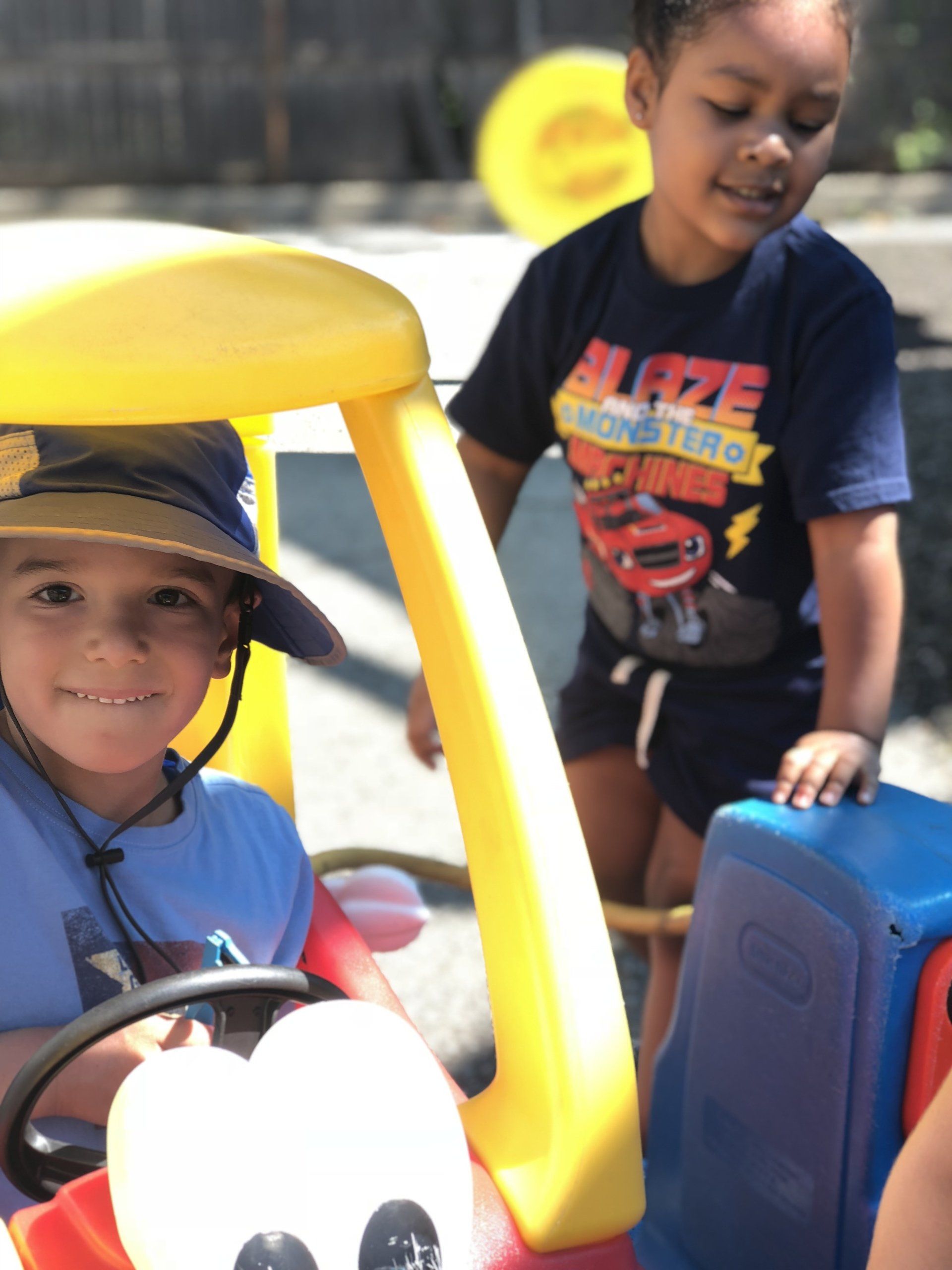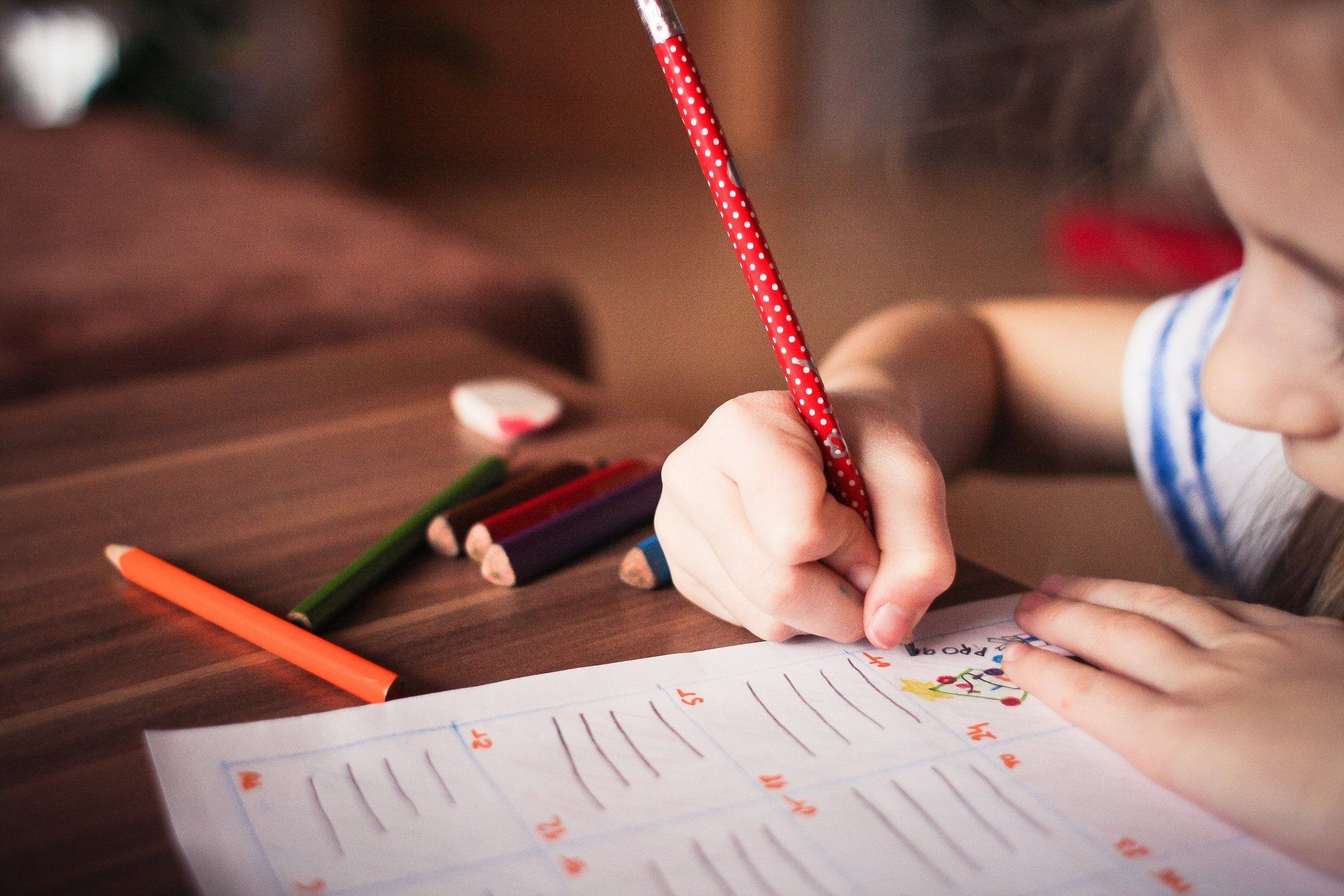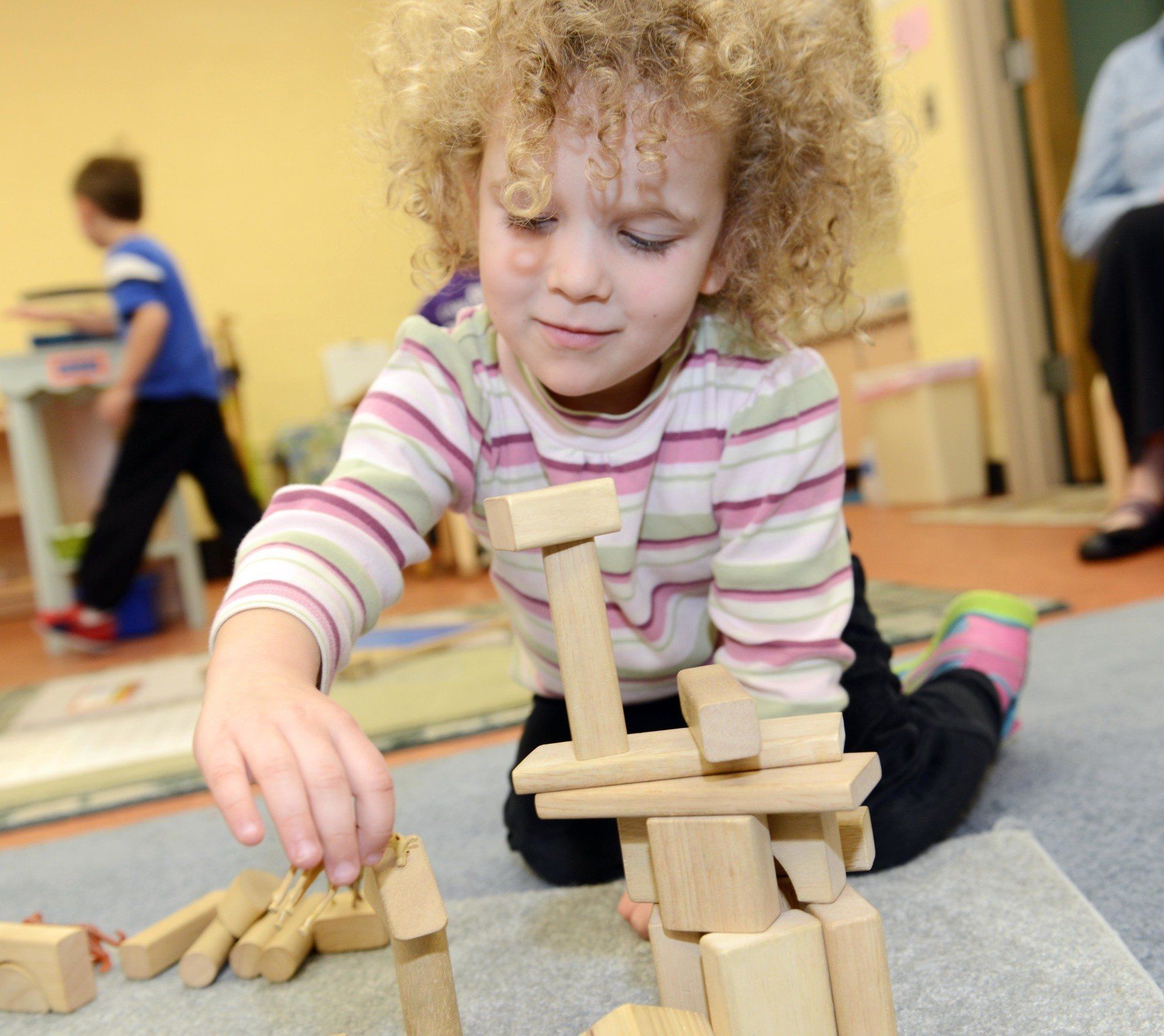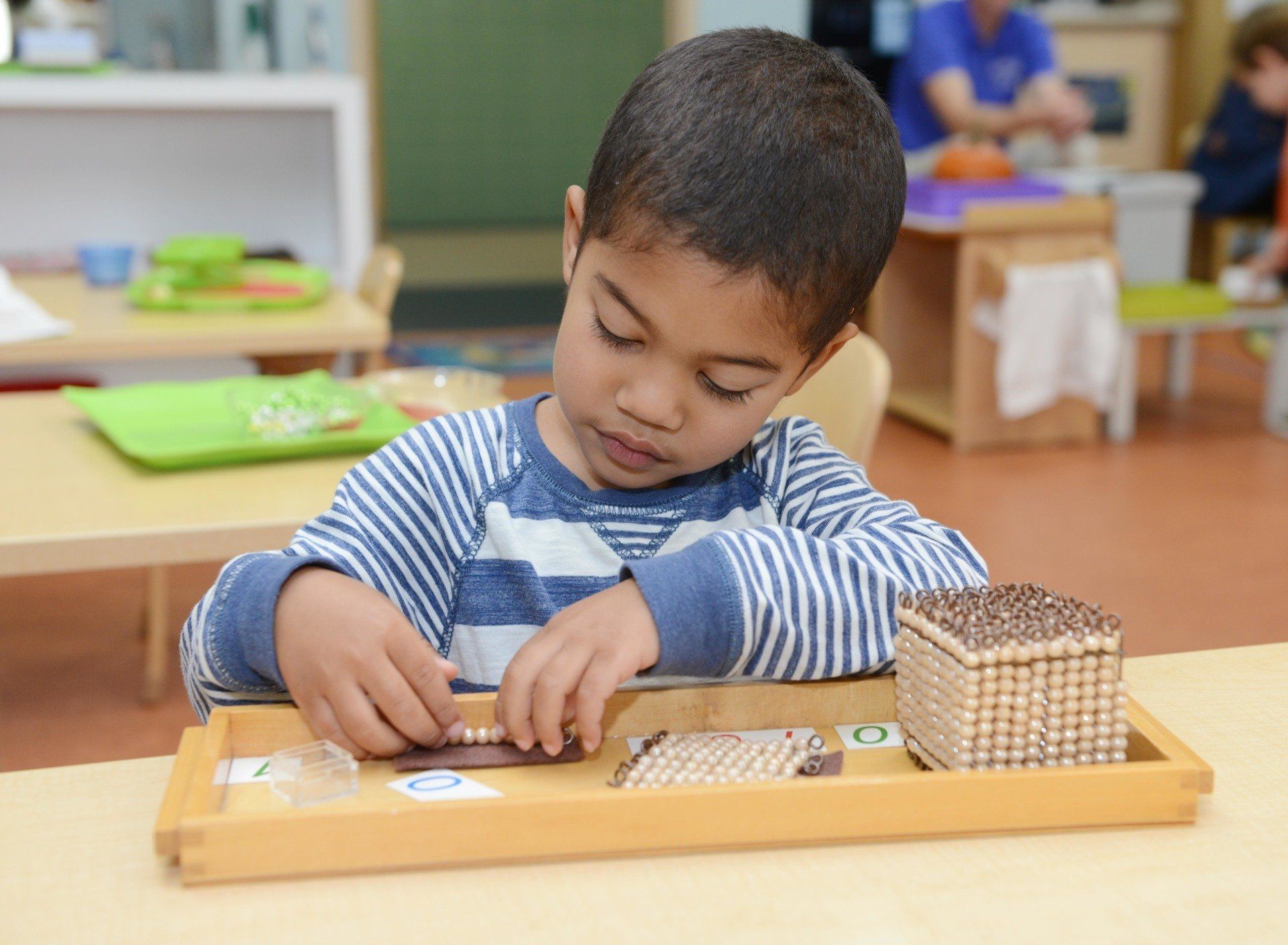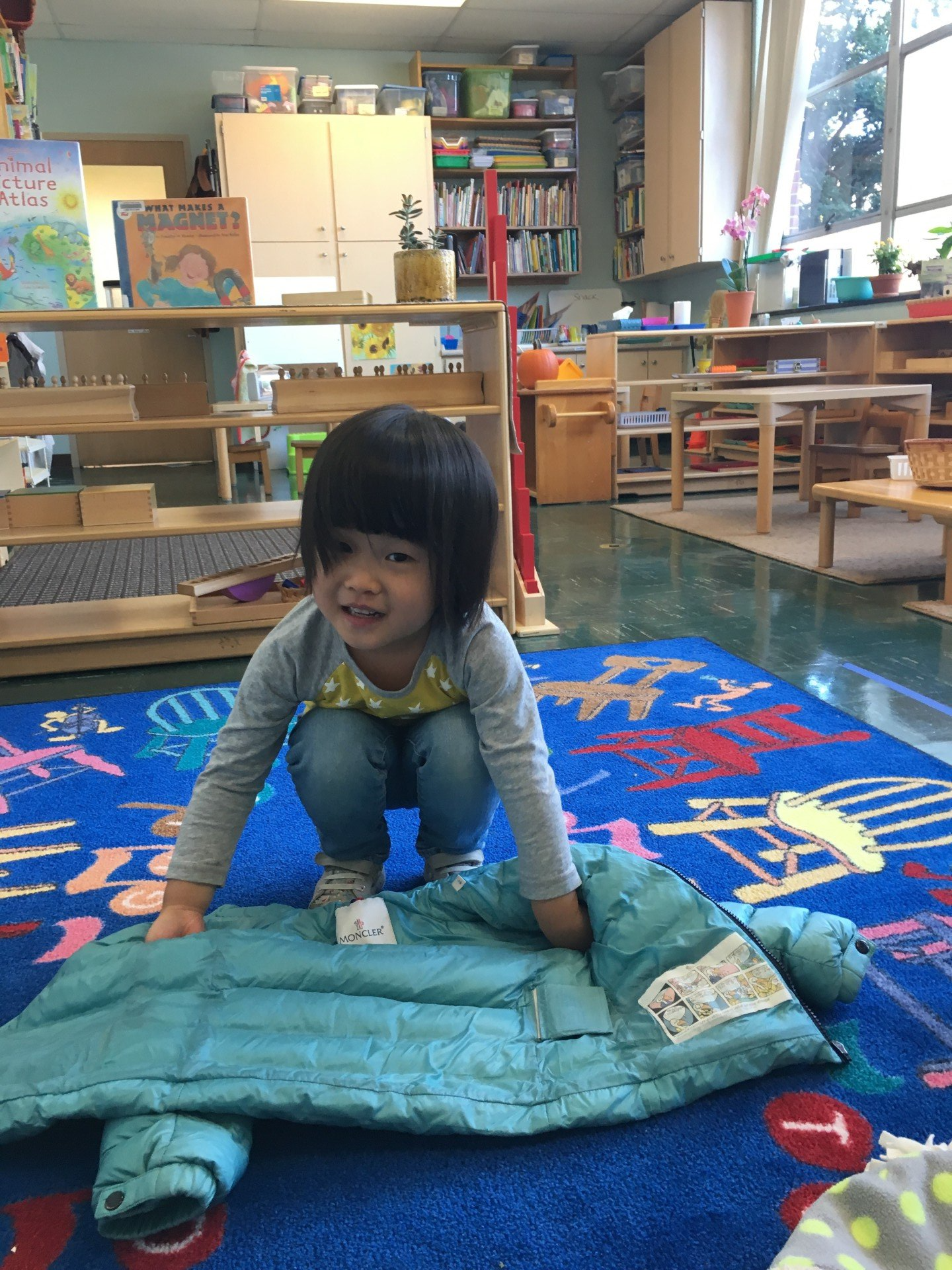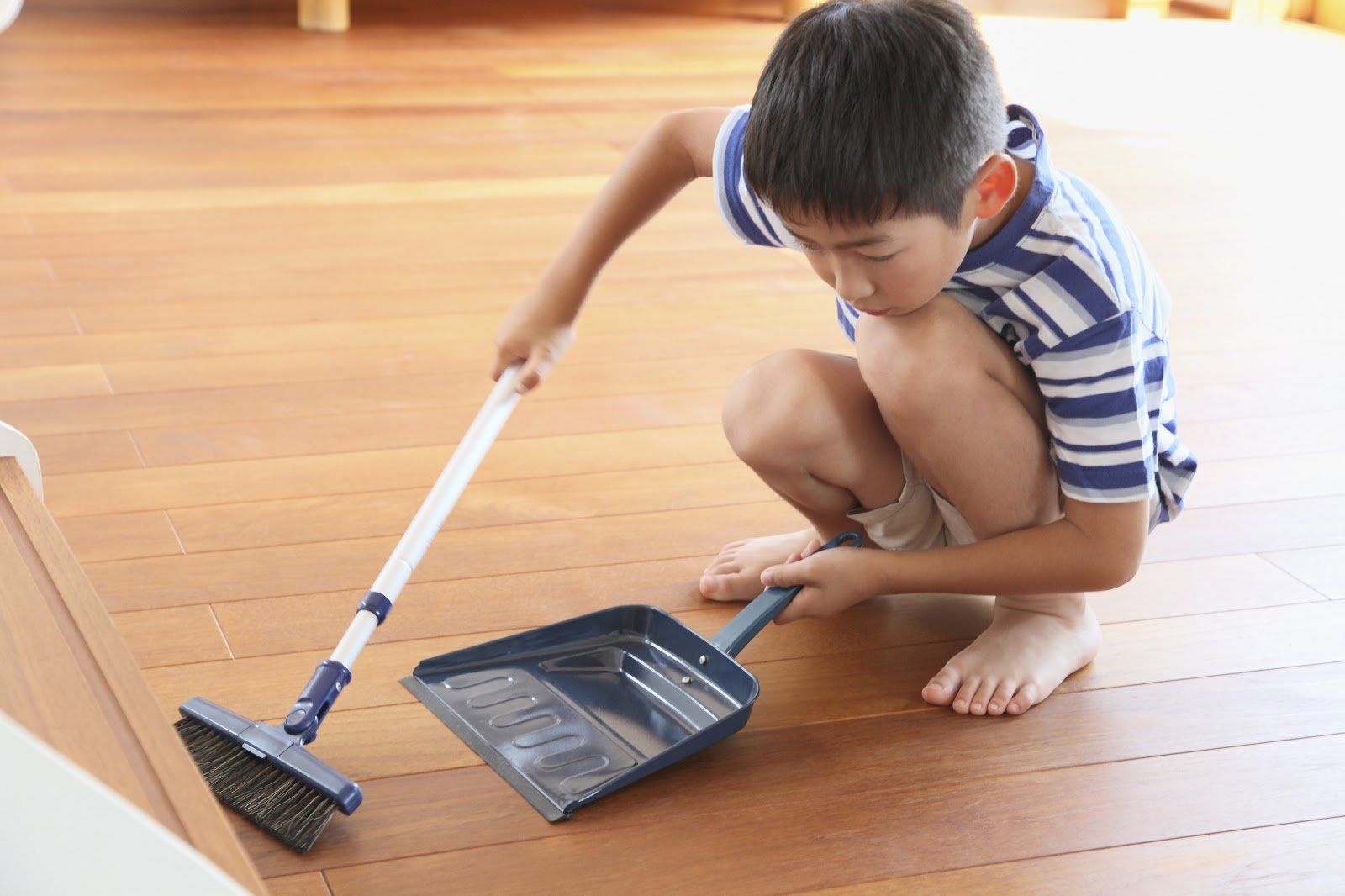Freedom Within Limits
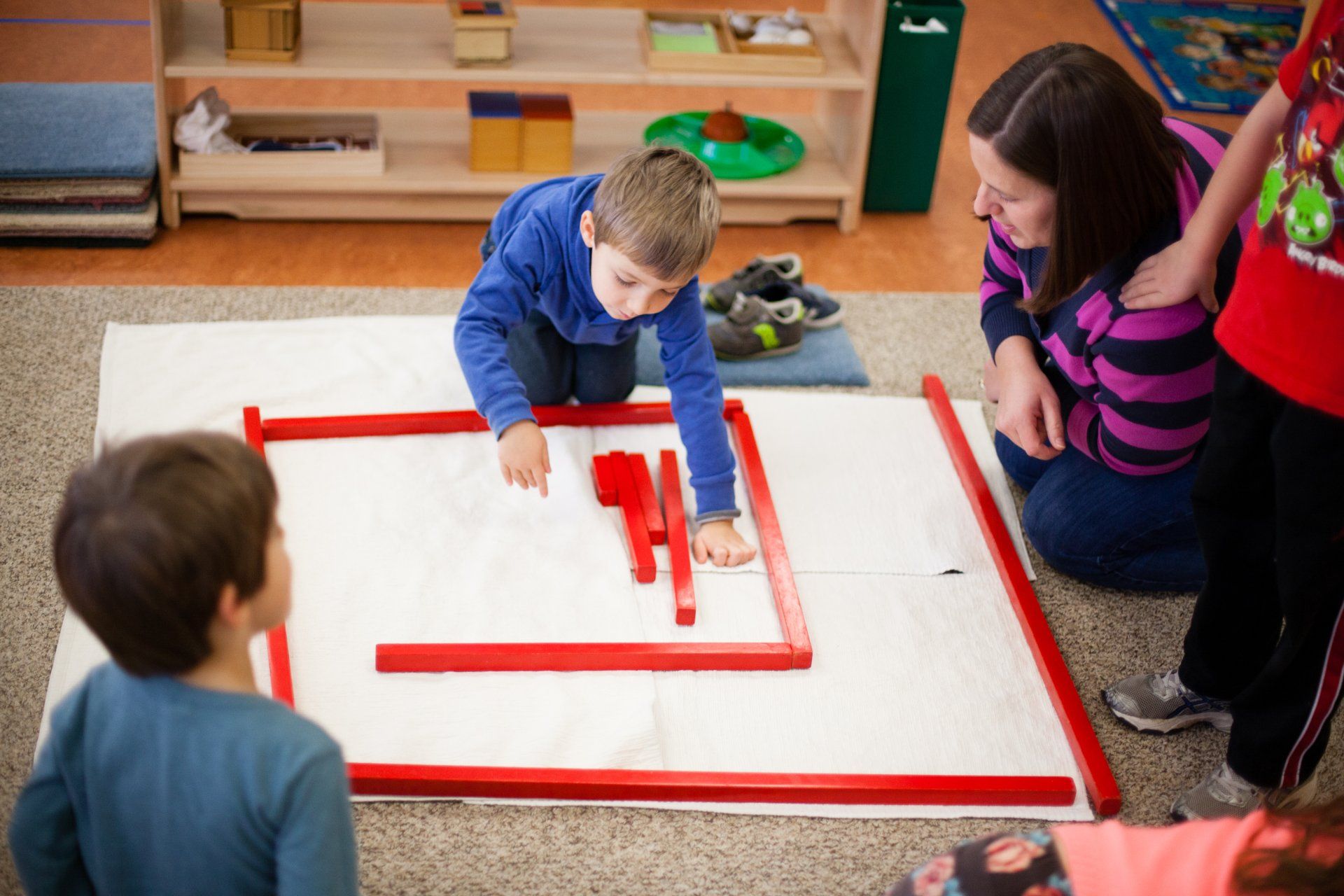
Freedom within limits. What does that mean? It sounds like an oxymoron. Too much freedom in a classroom creates chaos while too many limits are stifling.
For a child to develop skills to know how they learn best, to have ownership over their own education, to be independently curious, to follow their interests, to seek out information, to challenge themselves, to struggle through challenges, to experiment and fail, and to learn for the sheer love of learning, they must have freedom to explore.
In a Montessori classroom, children must have privileges to move, choose, make mistakes, take their time, have responsibility, problem solve and repeat work. This autonomy is built into the Montessori environment, curriculum and work time. However, independent and self-directed learning is only possible if there are clear parameters and expectations in which the child’s exploration is done. These are the limits -or rules- of safety and respect. Our students are taught to be safe and respectful with themselves, with others, with the materials and with the environment.
“To let the child do as he likes when he has not yet developed any powers of control, is to betray the idea of freedom... Real freedom, instead, is a consequence of development; it is the development of latent guides, aided by education.”
—The Absorbent Mind,
Maria Montessori
In our community, students have the right to say how they feel but the responsibility to be respectful. Learning the social skills necessary to get their needs met while respecting the feelings of others is a major part of the primary curriculum. This is done mostly through modeling and grace and courtesy lessons. These lessons help the children independently navigate social situations.
The prepared physical environment and the teachers act as the child’s guides in the classroom, helping them understand the limits and reminding them of their benefits. These are the rules of freedom. For example, we push in our chairs to be safe. What would happen if all our chairs were left out? We are not instructing a child which chair to sit in, but we are instructing the child to be a thoughtful member of a group, no matter where they choose to sit. Students are taught to return work to the shelf where it belongs and to make sure it is ready for the next person. What would happen if we didn’t do this?
The Montessori environment is prepared very carefully. The work materials are well ordered and have a purpose. Each item is specifically designed to teach a concept or skill. The work has a built-in control of error, or self-correction, that allows the child to work independently.
Learning to intrinsically follow the rules because it benefits everyone and everything around us is one of the foundations of a classroom that can function cooperatively and peacefully as a harmonious place of learning. If we have the freedom to move, explore, talk, collaborate, teach, discover, make mistakes, take responsibility, help others, accept help, practice patience, delay gratification, and repeat a process as many times as we need, we learn how to do these things intrinsically. In a Montessori classroom, children are not doing these things to get a sticker or toy or to avoid a punishment – they do them because they benefit themselves, others, and the environment in which we live. Freedom within limits teaches children how to become responsible, respectful, confident and independent learners.
“The child who has never learned to work by himself, to set goals for his own acts, or to be the master of his own force of will is recognizable in the adult who lets others guide his will and feels a constant need for approval of others.”
— Education and Peace
, Maria Montessori

